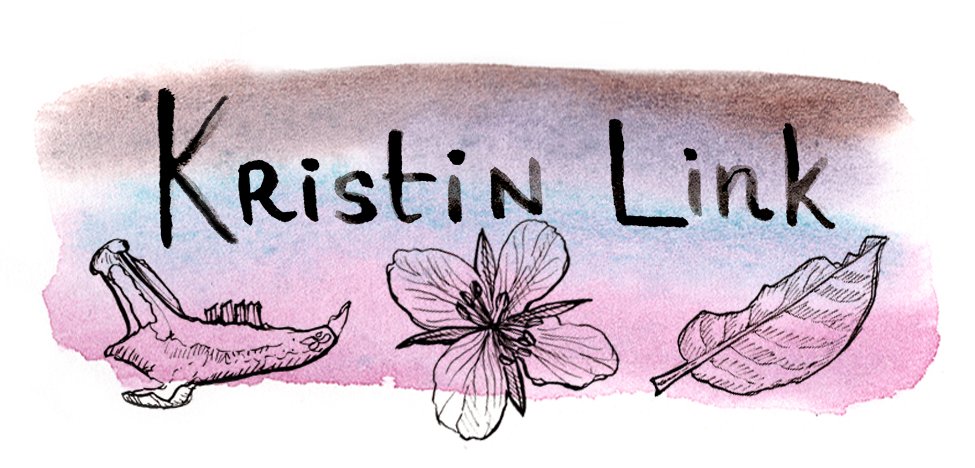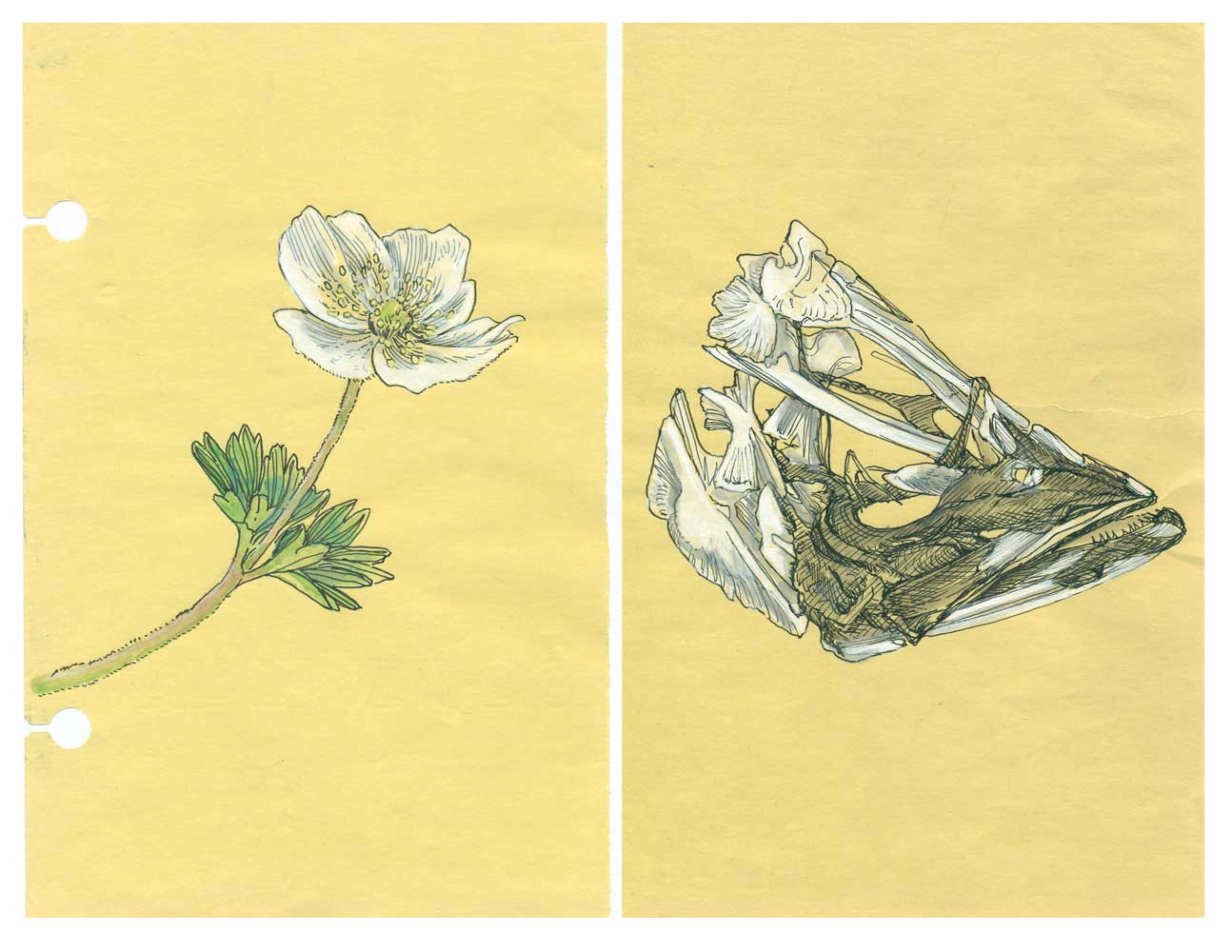Last week my solo show, Portraits of Nature, opened at the Bear Gallery in Fairbanks. I promised to share some of the work here so that people who can’t make it to Fairbanks can get a glimpse of the show. It’s always best to see work in person. Also Colleen Firmin Thomas, who has a show next to me in the same gallery, has beautiful mixed media paintings that are well worth seeing!
This is the Bear Gallery, it’s on the top floor of the Alaska Centennial Center for the Arts. The gallery is round with moveable walls. My thanks to Alyssa Enriquez, the staff, and volunteers at the Fairbanks Arts Association for making the show happen, and for helping to install the work. This iteration of Portraits of Nature includes 40 works, most of them created in the last two years. It was no small feat to frame and hang them!
This collection of work reflects my process of learning about the natural history around my house. It reflects my background as a science illustrator, but also explores how we learn about nature. In 2015 I started painting portraits of rocks from the Nizina River. I wrote a blog post about that here. I included many of my rock portraits in the exhibit.
I also have been making portraits of other natural subjects. Seeds are similar in form to rocks, but work as a different metaphor of growth, dormancy, and possibility.
Nests are interesting in their own right. It is fun to study how they are constructed and what natural materials are used. As we build our home on the Nizina I feel like I’m making a nest of my own, using what is around me, and bringing in select materials from elsewhere.
Clumps of vegetation contain worlds in their own right. I often learn about my surroundings by identifying and studying small patches of ground. This is also often the way plant scientists survey what grows in a place with transects and grids.
I have begun to incorporate maps because they are an important format for understanding the landscape. However many of the distinctions and boundaries that we draw on maps are arbitrary, or much more subtle up close. For example and orchid doesn’t really care where the wilderness boundary is.
I’m excited to share the beginning of a new series that I’ve been doing on historic ledger paper from the Kennicott Mines. Thanks to Patt and Sunny from the McCarthy-Kennicott Historical Museum for sharing this paper with me and with the Wrangell Mountains Center. Ledgers are used for tallying up monetary gains and losses, and often overlook the natural history that those processes effect. I am creating a new version of the ledger with my drawings. This is something I hope to keep working on.
The rocks on white paper are all related to the copper mining process. Many similar rocks can still be found around the Kennicott Mines today. In between each white piece of paper is a yellow sheet. On those pages I’ve been drawing parts of plants and animals to include the greater picture of natural history.
All of the works in the show are for sale and not all of them (though most of them) are in this blog post. I’d be happy to answer and questions you have about my process and this body of work in particular. Please feel free to contact me with any inquiries.
Also a big thank you to the Alaska State Council on the Arts and the National Endowment on the Arts for providing a Career Opportunity Grant and funding for helping to frame work for this show.



































